The 4 biggest myths surrounding surf fins and what you should really know about your fins
About Sieve Fins, their mission: “create the best recycled surf fins”
Sieve Fins produces surf fins from recycled plastic. In the following article they tell us a little bit more about the myths surrounding surf fins and what you should really know when selecting the right fins for your board. Enjoy the article:
Sieve Fins
In the water, they are usually not visible at all – surf fins. This is why you could quickly come to the conclusion that they are probably not that important at all and that it doesn’t really matter which surf fins you use. However, in the following we will show you, why the right choice of fins play an important role, and what other myths surround surf fins. We will also deal with the question of how the flex of a fin affects its behavior, whether a fin should have foil and how the cant of the fin influences the boards maneuverability. It will become a tad technical, but we promise – with this knowledge at hand you will be well prepared for your next fin purchase ;).
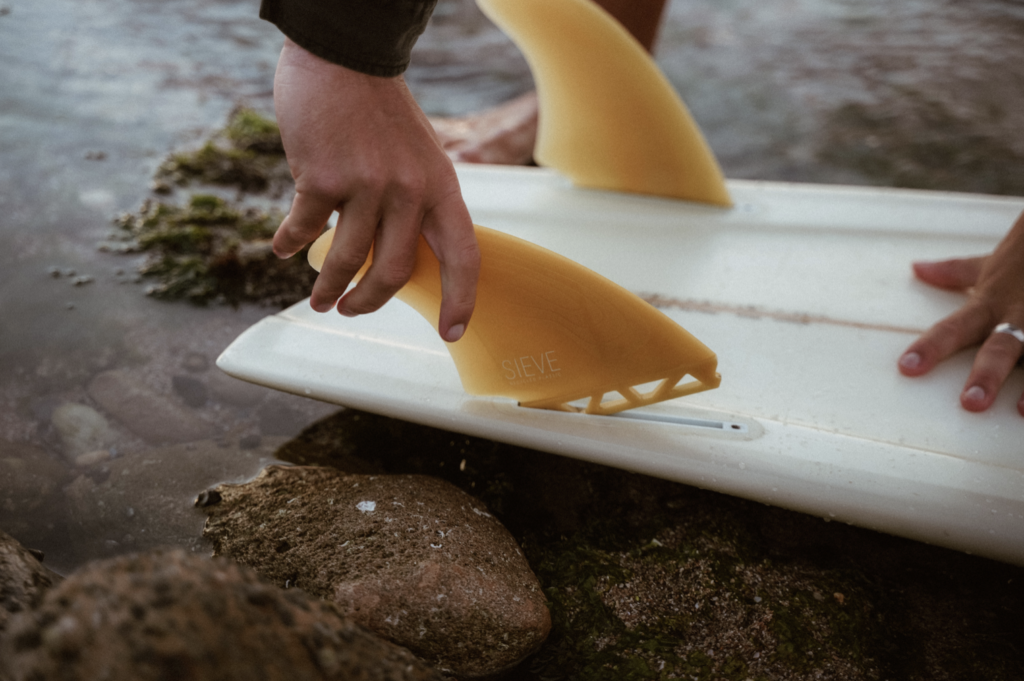
picture: Sieve Twin Fins (picture by Max Schmedes @max.smd)
1. The choice of surf fins: It doesn’t matter which fins I have on the board.
‚My fins? Phew, I don’t really know which ones I have on my board. But does it matter at all?’.
This or something similar is probably what some surfers will think if they have never taken a closer look at the selection of their surf fins. And this is understandable: The board may have already been bought with fins, the fins are usually not visible in the water and among surfers the conversation probably revolves more around the size or shape of the board than around the fin set-up. But it’s worth turning the board upside-down and taking a closer look. The choice of surf fins can significantly change the board’s behavior in the water.
Surf fins steer your surfboard, like the rudder on a boat. Through the resistance they create in the water, your board maintains hold in the wave, turns in the water and keeps its track. So it’s logical that their size and shape influence the behavior of your board. And just by using different fins, you might be able to create a completely different experience despite surfing the same board. You might even be able to save a board in your quiver and instead increase your range of different surf fins.
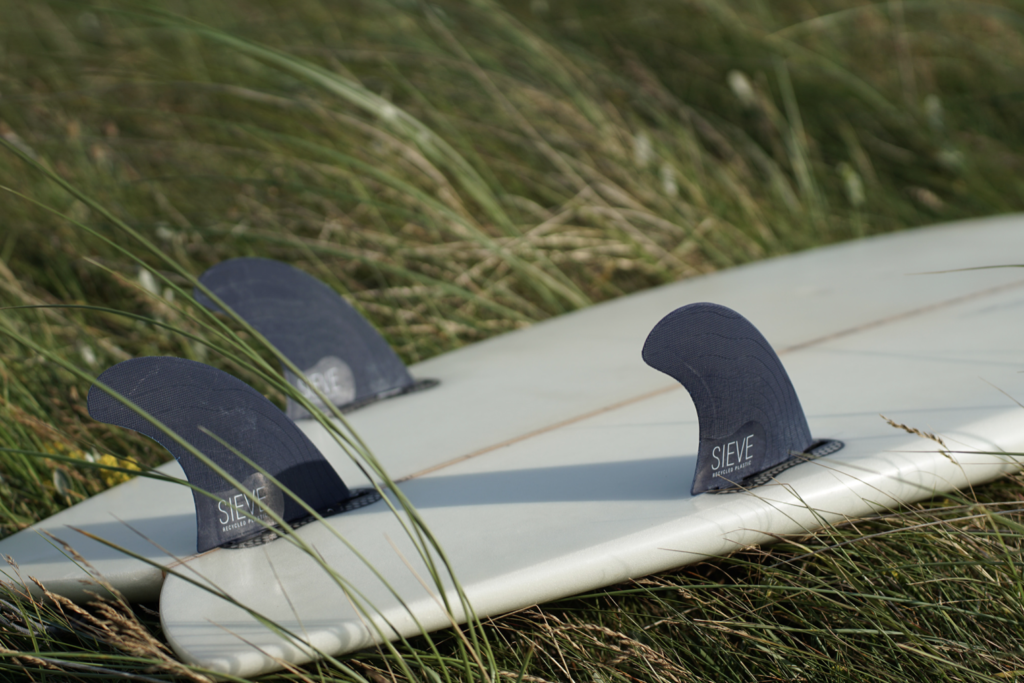
photo: Sieve FCS 1 Thruster Fin
Convinced? Then now that we’ve established it’s worth looking into the choice and characteristics of different surf fins, let’s take a look at some of the other myths surrounding surf fins.
2) Flex or no flex: The less flex, the better?
The flex of the surf fins influences how flexible the fins are in the water. If the fins are made of a very stiff material, they have very little flex and hardly give-in at all. On the contrary, if the fins are made of a soft material, such as the fins on a softboard, they are very flexible.
Stiffer fins allow for tighter turns and more control because they allow for more direct power transmission. So does this mean that the less flex a fin has, the better it is? This is where opinions part. A fin with less flex provides more control, but has a negative effect on the drive (speed) and acceleration on a wave. Additionally, the size of the waves can also play a role in answering this question. In smaller waves, softer fins can generate more speed, while harder fins offer more control and grip in big waves. So the question of whether and how much flex a fin should have always depends on the conditions and the individual surfing style.
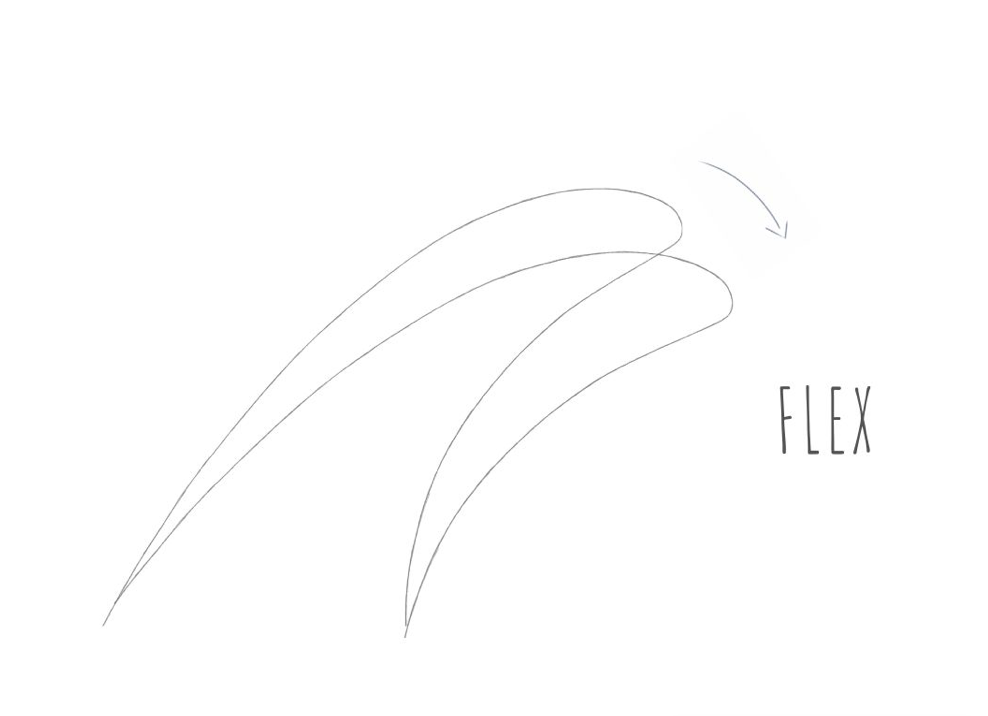
3) The hydrodynamics: Is flat foil better than inside foil?
If you have ever looked at the wings of an aircraft, you will have noticed that they are not simply flat, but curved. The buoyancy reduces friction and thus gives more lift. If you look at thruster fins, the outside of the outer fins (side fins) are convex, while the inside can be either flat (flat foil) or slightly concave (inside foil). But which difference does it make and what is better? And this is exactly where another standard discussion about surf fin properties starts.
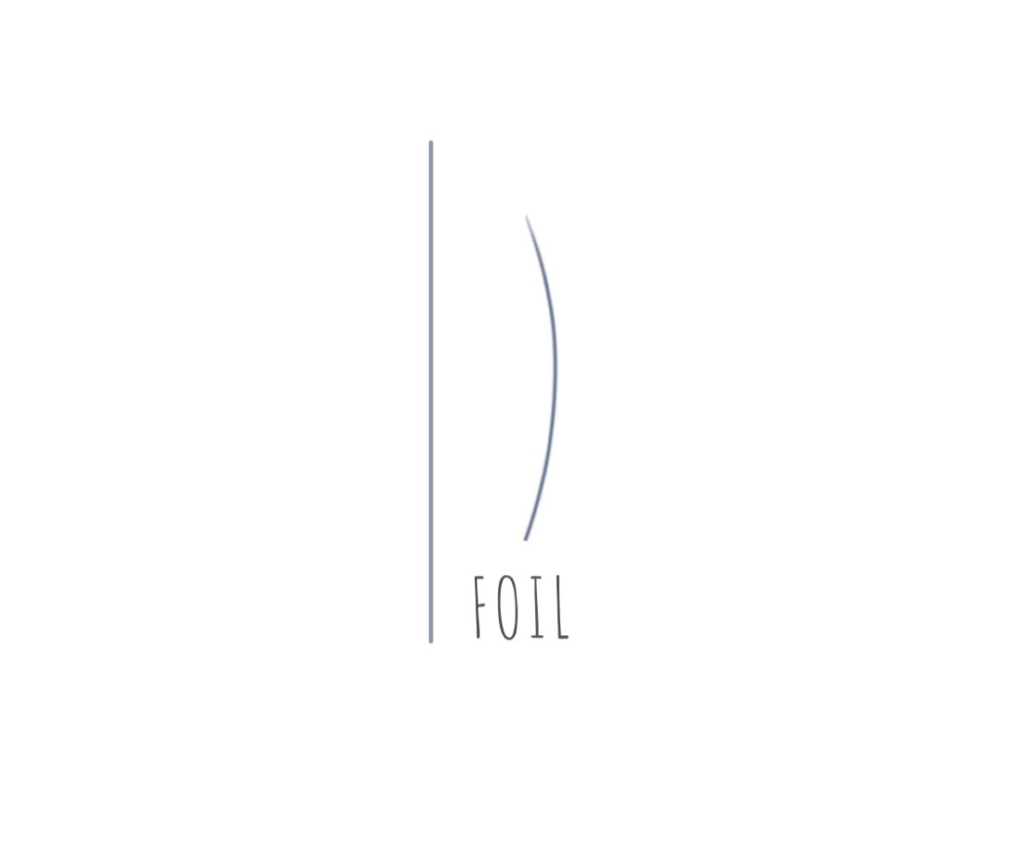
Generally, fins with a flat inside foil provide a very reliable, stable ride. Especially on big days, this can have a positive effect on the amount of control over the board. A concave inside (inside foil), on the other hand, reduces the friction of the water over the surface and thus provides more lift. This gives the surfer more options through increased grip and speed on the wave. Some surfers are convinced believers of Inside Foil while others believe in Flat Foil. This is ultimately a personal decision and different fin templates have different amounts (or none) of inside foil. Therefore, it is important to find a template that suits your own style and the wave at the spots that you surf.
4) Straight or angled surf fins: How the cant affects the fins.
Cant describes the angle at which the side fins are positioned on the board. If the fin points straight upwards, i.e. has no cant, the speed and directional stability of the board increase when riding straight. If the fin has more cant (angle), it gives the board more lift and playfulness in turns, due to a higher responsiveness.
More cant also allows you to hold more drive in turns, as in turns, the board tilts on the rails and the higher angle then allows the fins to generate more drive.
Most side fins have cant, so for once the surfing world seems to agree on whether or not cant is desirable. However, the exact degree of cant varies from manufacturer to manufacturer and is subject to another discussion around fins.
Conclusion about surf fins: It’s worth testing and experimenting
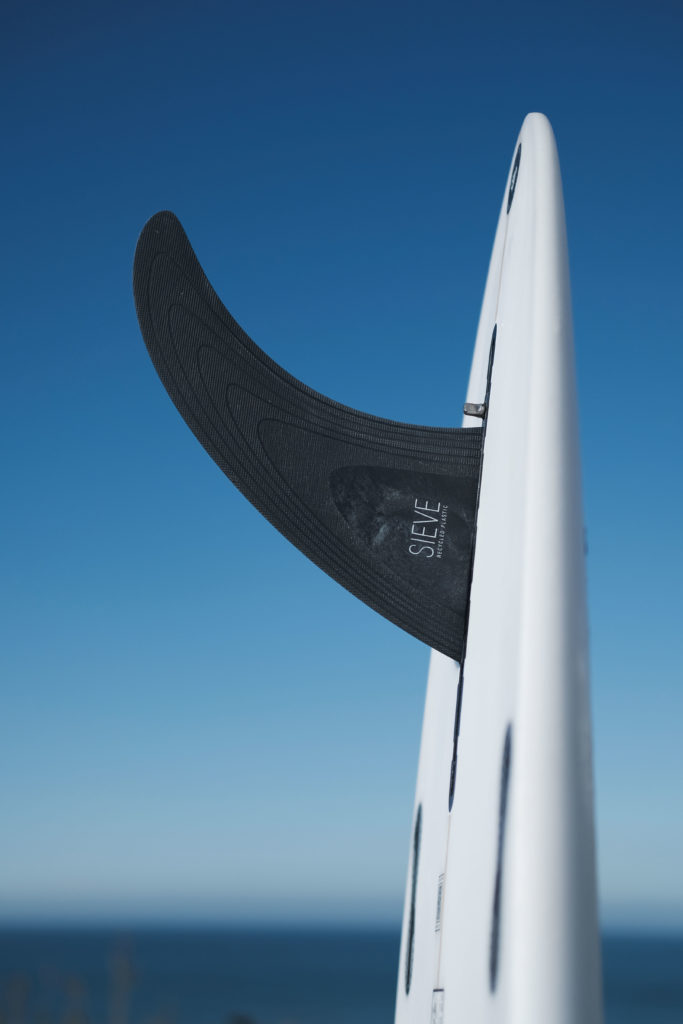
As with many things when it comes to surfing, it’s better to jump into the water than to get lost too far in highly detailed technical discussions. However, it is definitely worth considering the choice of your surf fins and trying out different fins to find out which effect they have on your own board and riding behaviour. We hope we could give you a good first insight into some of the myths surrounding surf fins. Of course, you can delve much deeper into this technical topic. If you are also interested in the effects of Rake, Base und Sweep take a look at our blog.
For more surf knowledge check out the surf companion courses and your own Surf Companion Surf wokbooks.
CATEGORY
9/08/2022
COMMENT LOVE